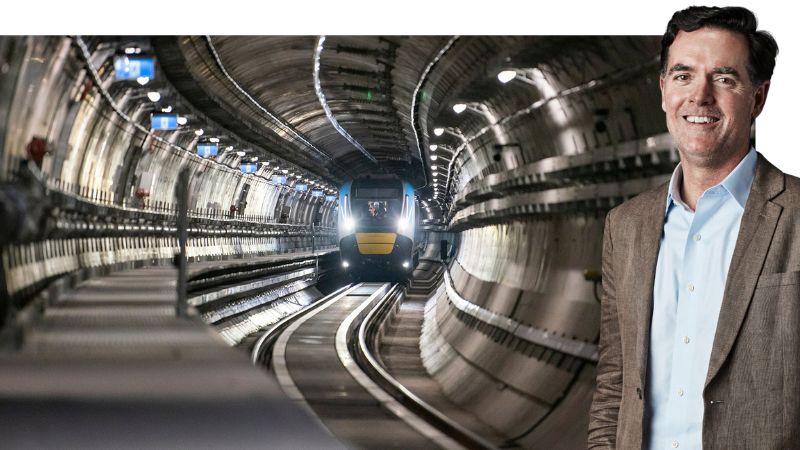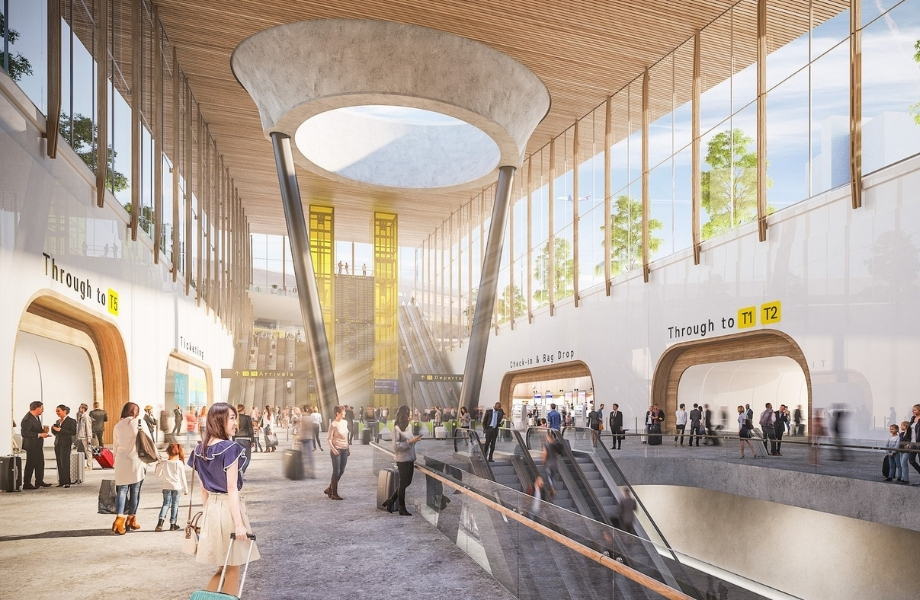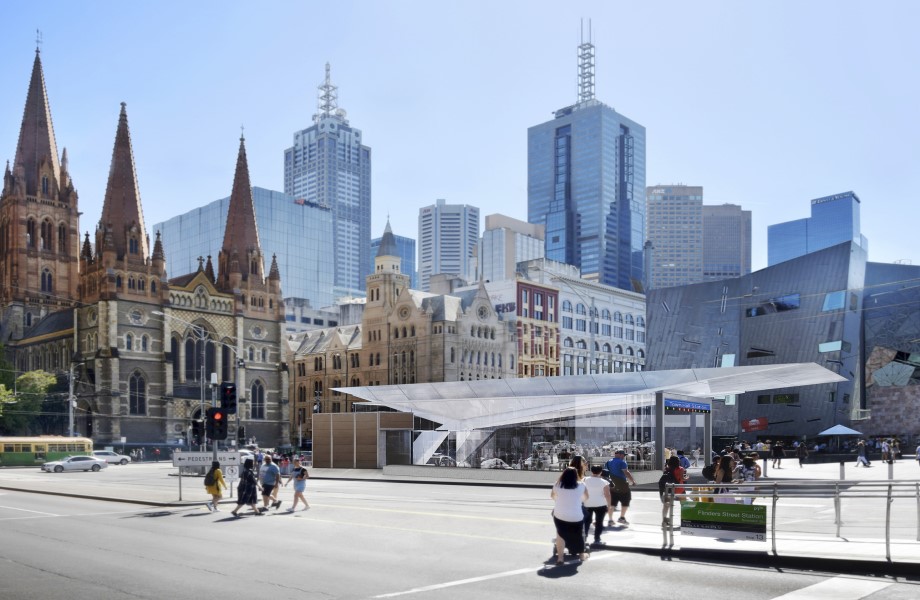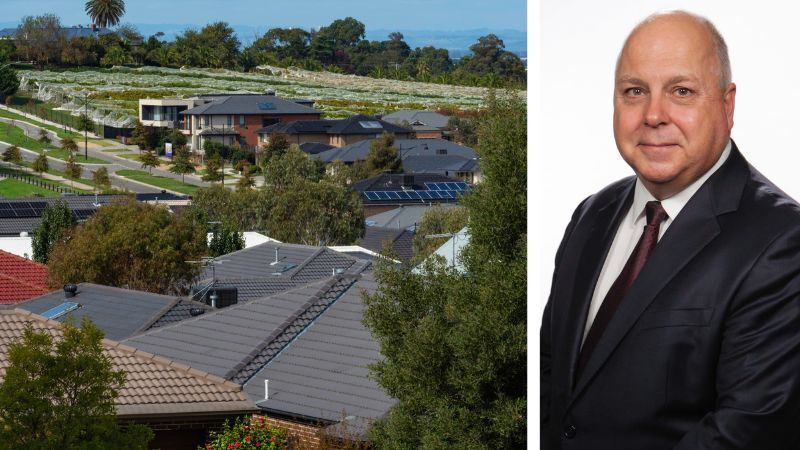Media | Managing principal Nigel Hobart spoke to the urban developer, discussing the potential impact of infrastructure cost-blow outs and state housing supply
This article was originally published in www.theurbandeveloper.com written by Marisa Wikramanayake.
Allan Government’s Debut Budget Leaves Victorian Property Sector Wanting.

The first Budget to be handed down by Victoria’s Jacinta Allan government has done little to nothing to solve the State’s housing crisis, critics warn.
During the handing down of treasurer Tim Pallas’ 10th Budget, it was revealed Victoria currently has a debt of $178 billion.
That is forecast to hit $187.8 billion by June, 2028—and a potential downgrading of its credit rating is likely if spending is not reined in.
Despite a $2.2-billion deficit for 2024-25, Pallas has forecast a surplus of $1.5 billion by 2025-26.
The treasurer plans for $96 billion to be added to the coffers in 2024-25—$39 billion from tax revenue and the remainder thanks to Federal Government funding.
The Budget’s focus on alleviating costs, and pressures on families, has meant many previously announced projects are going on the backburner as the Allan government thinks again on aspects of its Big Build program.
Infrastructure faces axe
The blame for Victoria’s debt woes has been levelled at the State’s infrastructure program with with the North East Link’s cost blow-out from $10 billion to $26.1 billion leading the pack.
That increase alone has absorbed the credit to the State’s coffers from its share of the national GST deal.
Rothelowman managing principal Nigel Hobart says that was a costly error, and that the forecasted $1.5 billion surplus in 2025-26 isn’t enough of a buffer.
“We just have to stop spending beyond our means as a state,” Hobart says.
“One blowout from one project to a significant level and that billion dollars is not a surplus—it’s a billion-dollar deficit.”

▲ Rothelowman managing principal Nigel Hobart: $1.5 billion surplus isn’t a big enough buffer.
Now, infrastructure has become the victim as the State opts to delay projects—around 100 will be delayed under the Budget plan.
The stoush over the Airport Rail Link is rolling on with the State refusing to build the station underground, Melbourne Airport’s preferred option.
Although the impasse is now under mediation, the 2029 completion date has become impossible, even with $10 billion in funding allocated and ready to be spent on the project.
Pallas announced that the project would be delayed by another four years.
“We have a huge amount of funding tied up with the Melbourne Airport Rail project,” he said in the Budget papers.
“We need to be realistic about the project and its timeline.
“The Commonwealth Government has only recently appointed an independent mediator, and the airport has not indicated it is prepared to drop its demands for compensation and an underground station.”
Meanwhile, the Suburban Rail Loop East project has prompted concerns about how the project’s $35-billion cost will be funded. Federal infrastructure minister Catherine King is keen to see a detailed business case before doling out more than the $2.2 billion the Commonwealth has already pledged.

▲ A render of the Melbourne Airport Rail link station: the airport-to-city transport project has again been delayed.
Contracts to begin tunnelling work have been exchanged with around $3.6 billion put into the project.
Included in the Budget is $996 million for the Metro Tunnel and the West Gate Tunnel, bringing relief to many involved in those projects.
“The Metro Tunnel project will open next year,” Pallas said.
As well, about $752 million will be spent on rail infrastructure improvement projects, including $214 million for a digital train radio system and $113 million for the regional rail network.
Other infrastructure projects, including schools and hospitals, were also expected to crop up in this Budget.
In 2018, 10 hospitals were promised but just five are being built under the Budget—the hospitals for Diamond Creek, Emerald Hill, Point Cook, Pakenham and Torquay are nowhere to be seen.
But $1.4 billion has been promised in upgrades for the Austin Hospital, Monash Medical Centre and Northern Hospital in Melbourne.
The Budget announcement included $8.8 billion for hospitals.
Campuses for the Royal Melbourne Hospital and Royal Women’s Hospital will now be built in Parkville rather than Arden due to electromagnetic interference.
In 2022, $850 million was promised to upgrade 89 schools with so far only $13 million allocated to 43 of them and $10 million put into planning, but none of the remaining $827 million referred to.
Around $753 million has been promised for school upgrades. Another 16 schools will be built with $1 billion allocated in the Budget to them.
Under the Budget, Victoria’s infrastructure spend will decrease to $15.6 billion in 2027-28 from the $24 billion of 2023-24.
The government also hopes the Big Build slowdown will give the construction sector space to concentrate on supplying much-needed housing stock.

▲ A render from Hassells shows the entrance to the Town Hall Station at Federal Square once the Metro Tunnel project is completed.
Property Council of Australia Victorian executive director Cath Evans said efforts by the government to put the brakes on the massive public infrastructure spend were welcome, but “with the slow down to be drawn out over a number of years, the benefits will take some time to reach the industry”.
The housing crisis
The Allan Government Budget has added $700 million for the Victorian Homebuyer Fund to keep it going one more year and will then axe it.
The fund allows people to buy homes with the State acting as guarantor in return for the State sharing in the ownership of the home.
Home buyers in regional Victoria get a $100,000 increase on the cap on the program, up from $600,000 to $700,000, while those in Victoria and Geelong stay on the current $950,000 cap.
As well, $63 million has been allocated to strengthen the State construction regulator, the Victorian Building Authority.
An extra $197m will go to frontline homelessness services, $19m has been earmarked for repairs and maintenance on existing public housing and $15m is to be spent assisting First Nations peoples in the State access housing.
Evans said it was a relief not to see new property taxes but that a lack of positive action to handle growing financial concerns for the industry was disappointing.
“The fundamental drivers of the housing affordability crisis are a critical lack of new supply and increasingly intense demand driven by population growth.” Evans said.
“This is understood by all stakeholders—except obviously the Allan Government—underscored by the complete absence of Budget measures to alleviate the tax burden on the property industry.

▲ Victorian Treasurer Tim Pallas: the Budget will bankroll the Homebuyer Fund by another year with $700 million.
“While the $700-million extension to the Victorian Homebuyer Fund will assist some Victorians into a home, it will not result in more homes being built and is in reality only tinkering around the edges of the real problem—a critical lack of new housing supply.”
The Budget acknowledge the situation, saying that increases to the cost of labour, materials and transportation have pushed up construction costs in Victoria by 22 per cent since 2021.
“There are long-term workforce challenges that need to be addressed so that the industry has the capacity to build the homes our State desperately needs,” Evans says.
“We welcome the government’s measures in the State Budget to invest in attempting to address the critical labour and skills shortage plaguing the market.
“We recognise the extent of the challenges the State is dealing with and it is critical that the Government continues the dialogue with the property industry to work through the short and long-term issues together.”
Hobart agrees.
“The actual cost of construction today is the single biggest barrier to increasing supply of housing in Victoria,” Hobart says.
“I don’t think the State Government can solve the construction cost issue in the short term—I don’t know what levers they can pull to do it.”
Victoria’s Greens were also among those not happy the Allan governments lack of action on housing.
“This is a budget that has no new money for homes and nothing for renters,” Victorian Greens treasury spokesman Sam Hibbins said.
“Labor’s budget will make life harder for everyday Victorians.”
Community Housing Industry Association Victoria chief executive Sarah Toohey said more action is required to ease the crisis.
“The solution to the housing crisis is unequivocal—Victoria needs much more social housing, homes that are designed to be affordable always,” Toohey said.
Ratings agency Moody’s has warned that there will be increased risk for the state on the back of the Budget.
This article was originally published in www.theurbandeveloper.com written by Marisa Wikramanayake.


